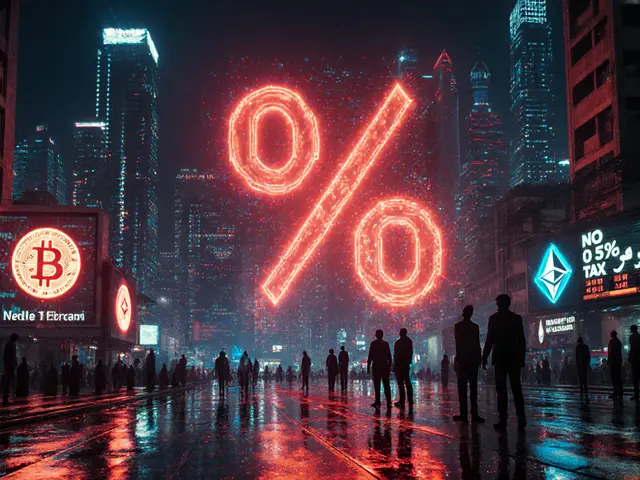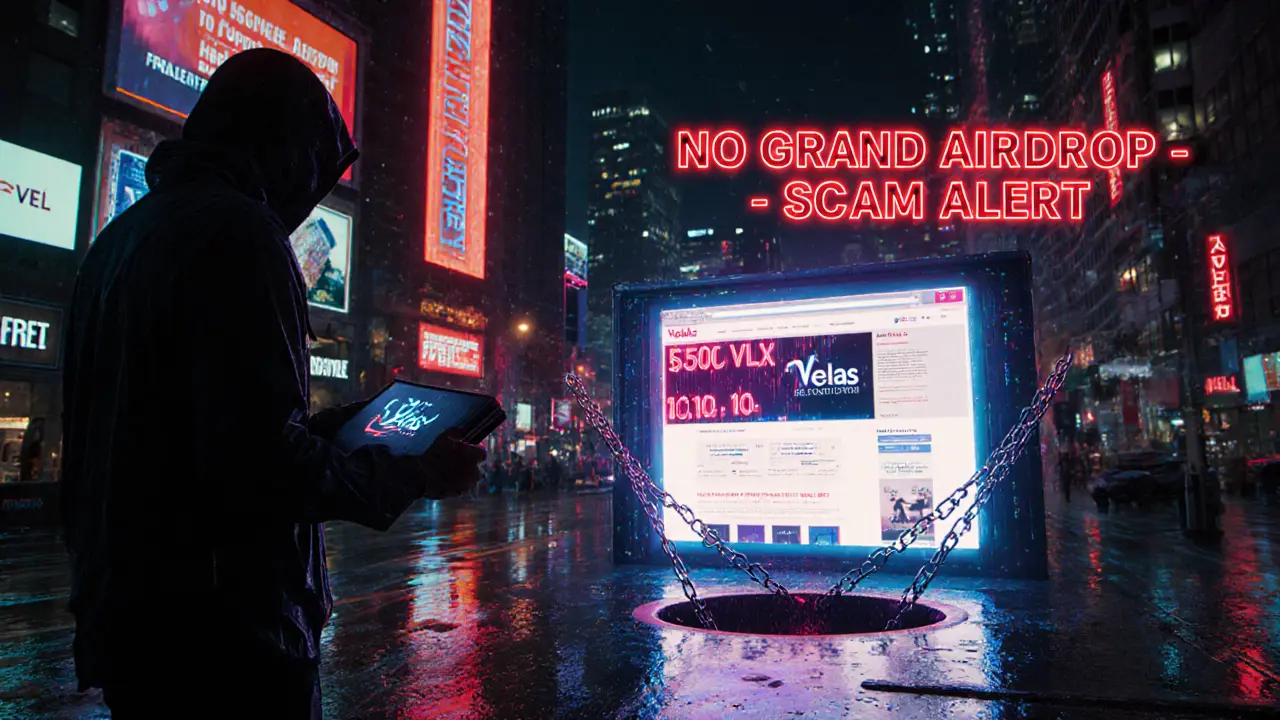VLX Distribution: How Token Allocation Works and What It Means for You
When you hear VLX distribution, the process by which VLX tokens are allocated to investors, teams, and ecosystem participants. It's not just about who gets coins—it's about how those coins are released over time, who controls them, and what that means for price stability and community trust. Unlike some projects that dump tokens on the market right after launch, VLX distribution follows a structured plan designed to avoid crashes and keep long-term holders engaged.
Most token allocation, the breakdown of how many tokens go to different groups like founders, investors, and public sales includes locked periods for team members and early backers. If you're holding VLX, you need to know if the team’s tokens are locked for 12 months or 3 years—that changes everything. A 3-year lock means less selling pressure early on. A 6-month lock? That’s a red flag. DeFi tokenomics, the economic rules behind how a cryptocurrency’s supply and rewards are managed isn’t just jargon—it’s your early warning system. Projects with clear, gradual VLX distribution schedules usually survive longer than those that flood the market with tokens overnight.
Look at the data: if 20% of VLX went to the team, 15% to private investors, 50% to public sale, and 15% to liquidity and staking rewards, that’s a balanced approach. But if 40% went to insiders with no lock-up, you’re playing Russian roulette. Real cryptocurrency distribution, how tokens are physically and legally spread across wallets and entities isn’t hidden in whitepapers—it’s on-chain. You can check it yourself using blockchain explorers. No one should have to guess who holds what.
What you’ll find in the posts below aren’t guesses or rumors. These are real breakdowns of how VLX was distributed, who got what, when it unlocked, and what happened to the price afterward. Some posts expose shady practices. Others show how smart allocation built real value. You’ll see how similar token structures played out in other projects—like SORA, Celestial, and Core—and what lessons apply to VLX. No marketing fluff. Just facts you can use to decide if holding VLX is worth the risk—or if it’s just another token with a broken distribution model.




